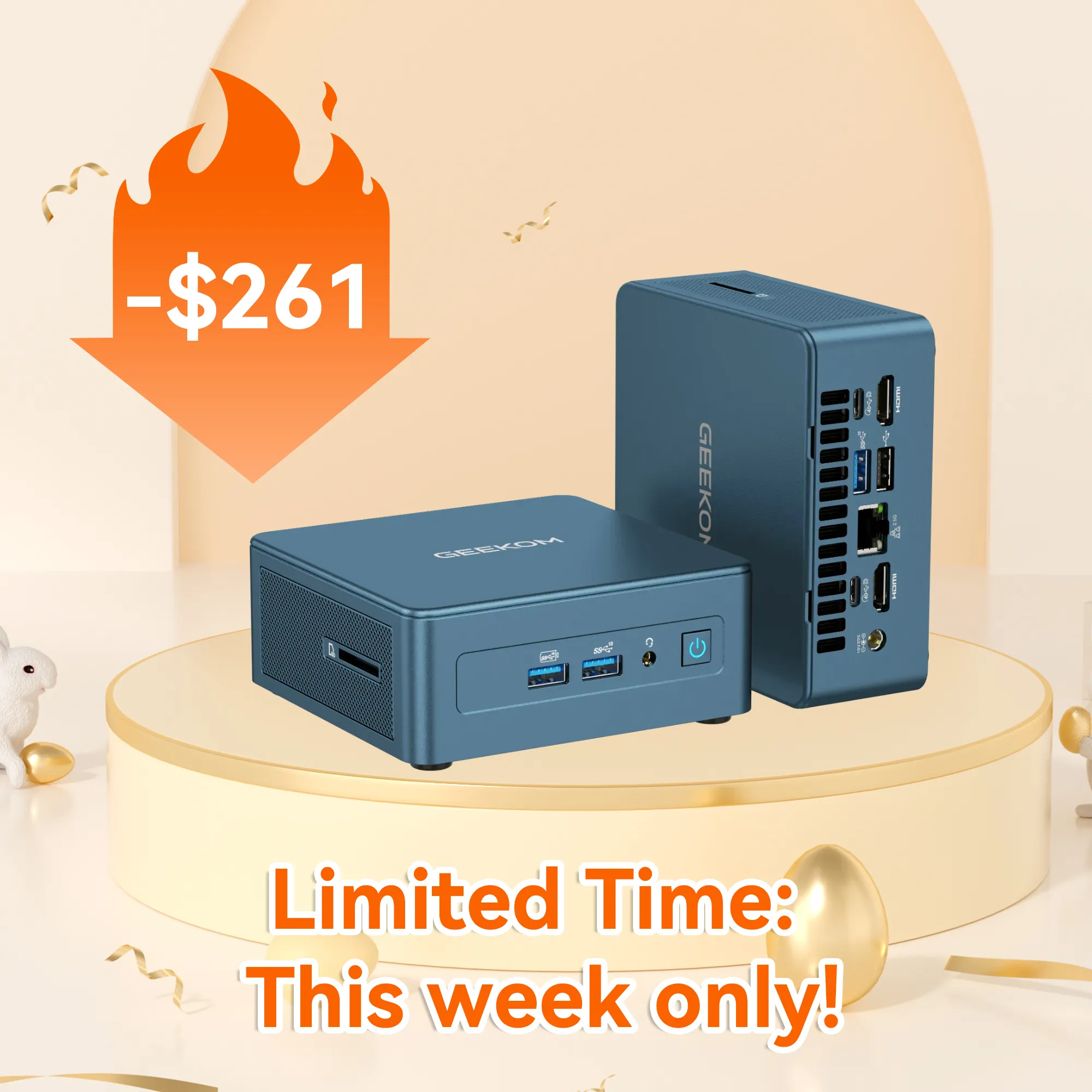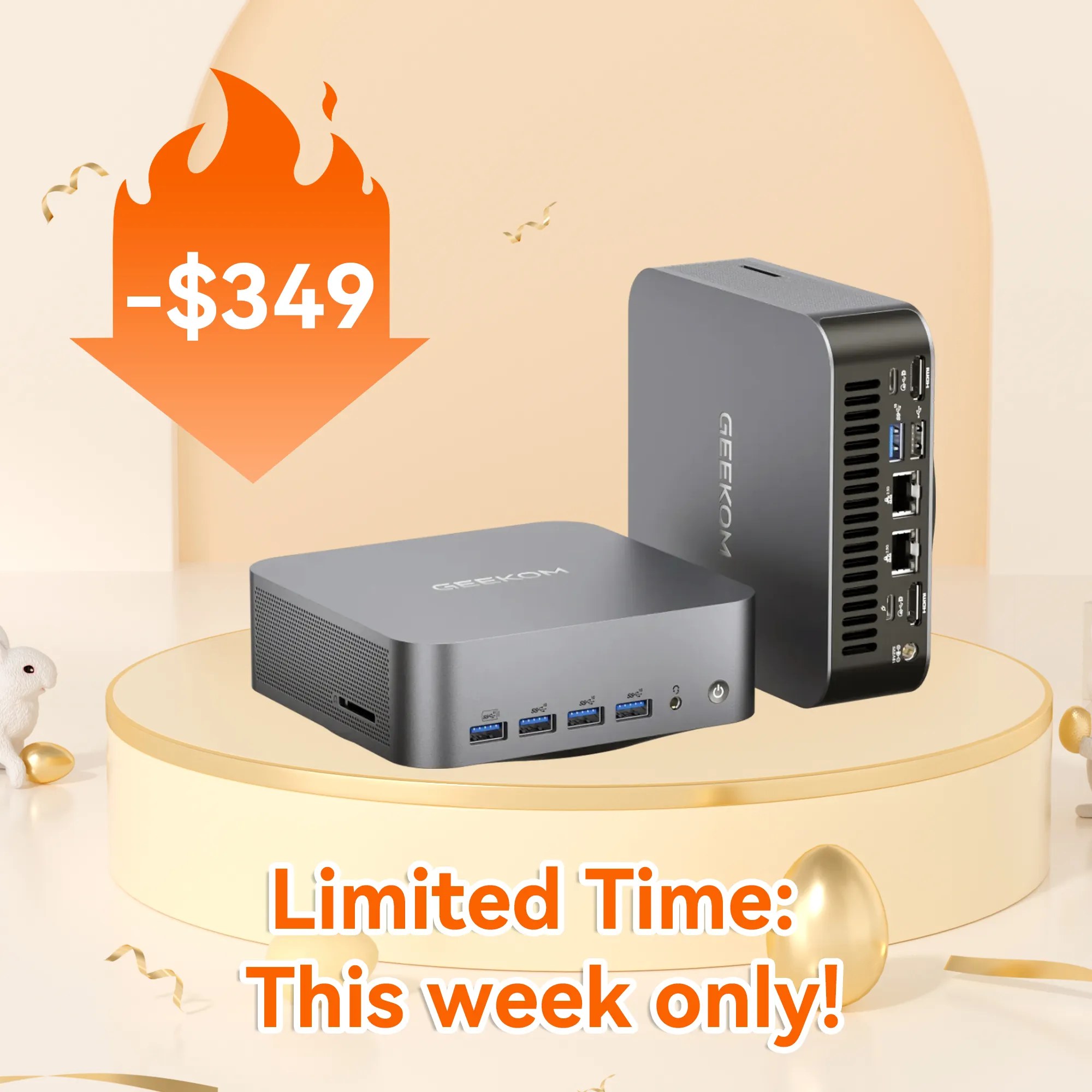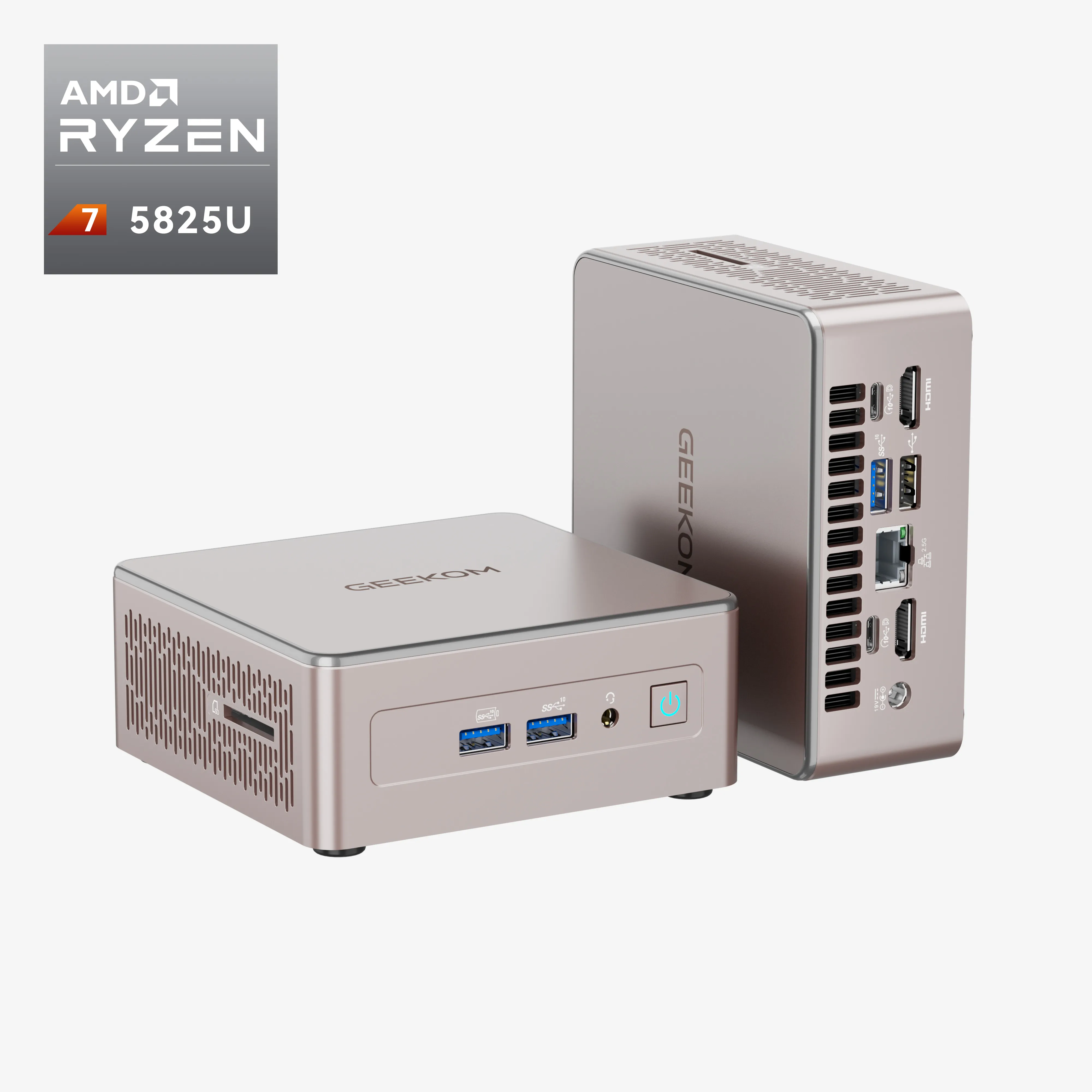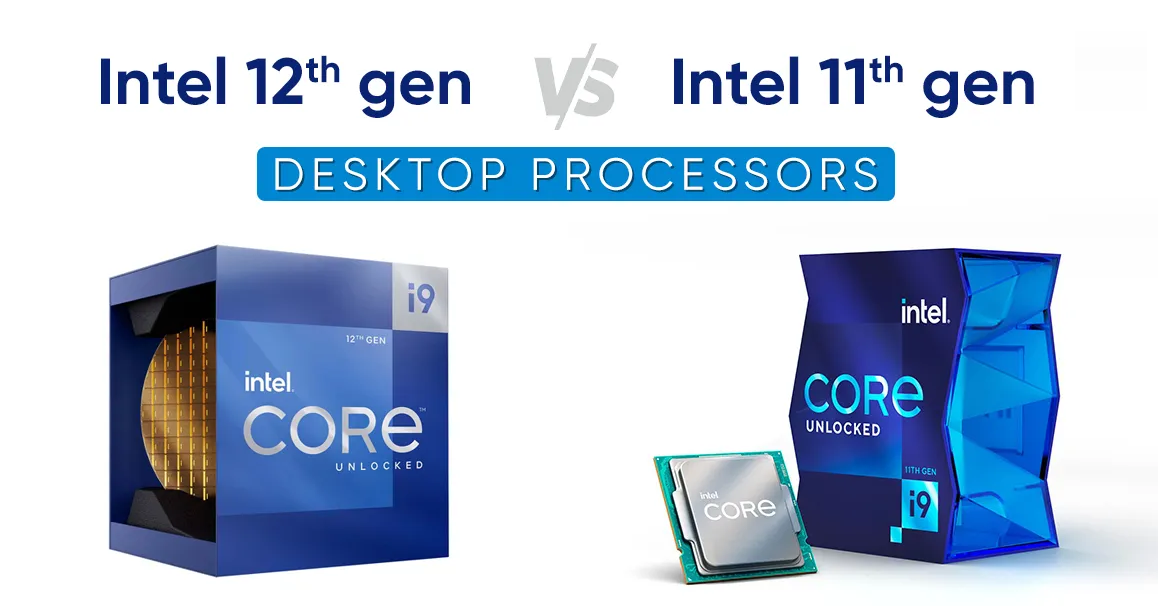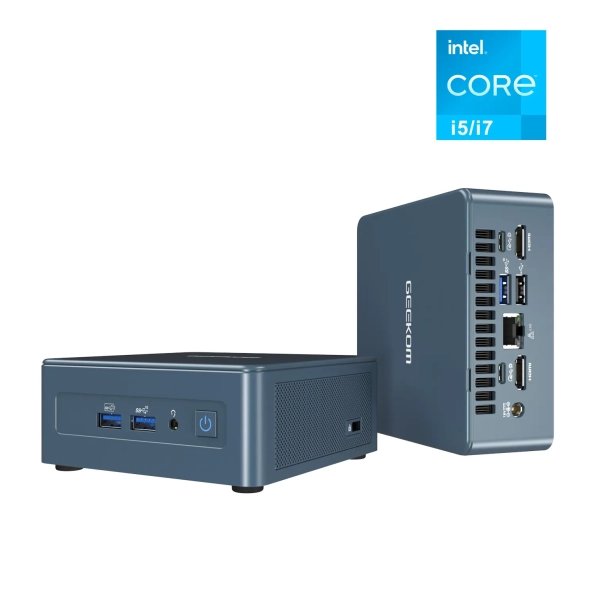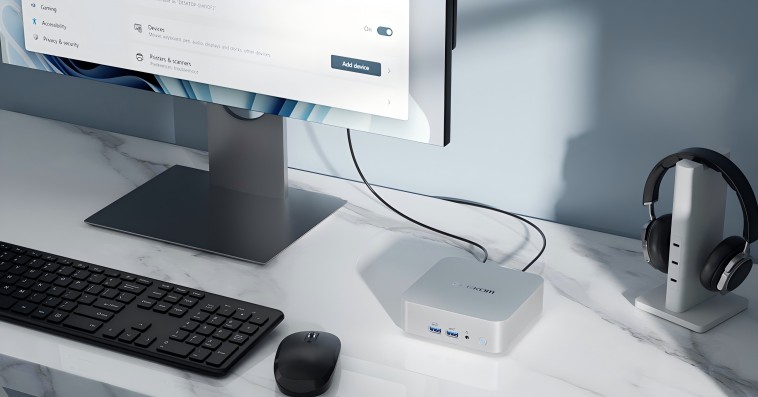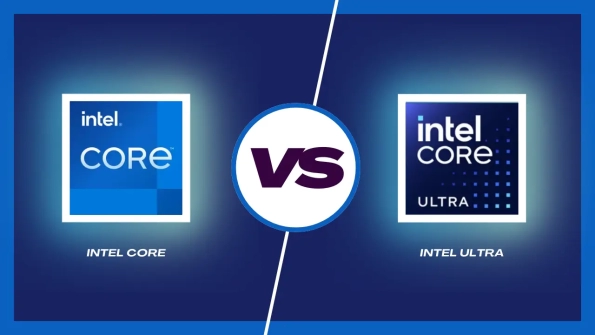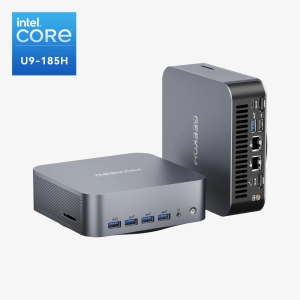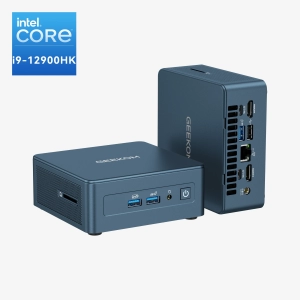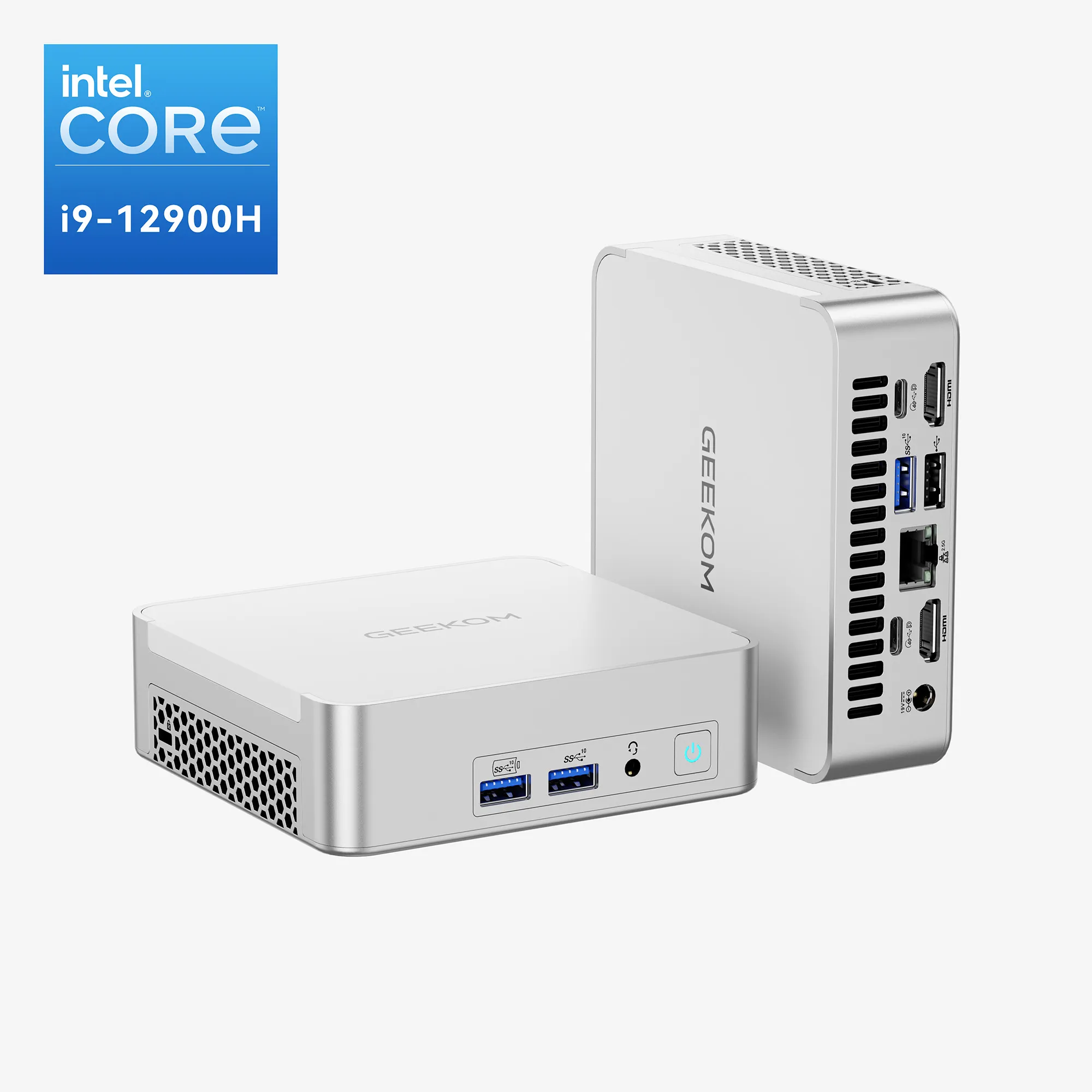The processor is the brain of your PC, and its performance can make or break your experience with a given computer.
That’s especially true if you’re a power user who regularly pushes your system to its limits. In the past few years, we’ve seen processor performance improve at a staggering pace.
It’s time to compare the two latest generations of Intel processors – the 12th Gen and the 11th Gen. Both offer great performance, but which one is better?
Design
The design of Intel 11th and 12th Gen processors is not very different, but some minor differences are worth noting.
Intel 11th Gen processors have a die size of 147mm2, while the 12th Gen chips have a die size of 140mm2 (a 10% decrease). This means that Intel has managed to shrink the size of its chips with each generation.
The latest 12th Gen processors also support MCP (Multi-chip package), which means they can be manufactured using more than one chip.
It allows Intel to increase the core count without increasing power consumption. On top of this, it also will enable Intel to produce smaller dies that can fit in smaller devices like smartphones or tablets.
Size
The sizes of the Intel 11th Gen and 12th Gen processors are different. The 11th Gen processors are built on a 14nm process, while the 12th Gen is built on a 10nm process.
This means the newer 12th Gen processors have a smaller physical size than their predecessors. The difference in size is essential because it affects how much power is needed to run each processor.
As we all know, smaller devices usually require less power than bigger ones, allowing for more efficient energy use in your computer or laptop.
The physical dimensions of the Core i9-9900K are also smaller than the i7-9700K and i5-9600K.
This is because AMD has been offering smaller CPU packages in its Ryzen lineup, with the first generation Ryzen 7 CPU having a 37mm x 37mm package size, while Intel’s first generation Core i7-8700K had a 42mm x 28mm package size.
Efficiency
Intel has been increasing the efficiency of its processors by a large margin over the years. The 11th Gen processors are the most efficient in the history of Intel. But now, the 12th generation is more efficient than it.
The difference between 11th and 12th-generation Intel processors is in their power consumption.
The 12th Gen processors consume less power than their predecessors, so they do not get heated up as much as before when performing intensive tasks.
This increases the live life for laptops, mini PC and other portable devices on these chipsets.
Speed
The most significant difference between Intel’s 11th and 12th-generation chips is speed. The new processors will be faster than previous models, but the chips’ exact number of cores and frequency varies based on the specific model you buy.
Intel’s newest laptop processors will be available in two variants: one with four cores and eight threads and the other with six cores and 12 threads.
Both chips are based on the company’s 14nm process technology, which means they’re smaller but more potent than their predecessors.
In addition to offering more power, the new chips also include a “hyper-threading” feature, which allows each core to process multiple instructions simultaneously.
This makes it possible for each core to handle two tasks simultaneously — running multiple processes without slowing down your device or draining its battery as quickly as it would if only one study was being processed at a time.
Number of Cores/Thread of Intel
The Intel 12th Gen processors are part of the Ice Lake family based on the Sunny Cove microarchitecture.
The Intel 11th Gen processors are based on the 10nm process, codenamed Cannon Lake, and feature up to 10 cores and 20 threads.
The number of cores/threads is one of the most important things to consider when buying a processor.
It directly affects how many tasks you can run at once, so more cores are better if you’re planning on doing heavy multitasking or using demanding applications that can take advantage of multiple CPU cores.
Moreover, AMD processors don’t support hyperthreading technology (which allows the software to utilize all available logical processors), so they only have as many threads as their physical cores.
What’s New With 12th Gen?
A lot has changed with the 12th generation. One thing about it is that there’s a generous helping of improvements across the board in the trims we’ll be looking at.
As you’ll see later, trim-to-trim, there is more than a handful of remarkable progress. Here are what’s new with the 12th gen versus Intel 11th gen:
First experience the performance of the 12th generation:
GEEKOM Mini IT12
Price:
- 12th Gen Intel Core i7-1260P
- Intel Iris Xe Graphics eligible
- 16GB DDR4 RAM
- 512GB M.2 2280 SSD
- Wi-Fi 6E
- Windows 11 Pro
DDR5 Memory
DDR5 is the next generation of memory chips that will power the next wave of computing. The 12th Gen Intel Core processors are the first to use DDR5, which promises to pack more power into smaller packages.
DDR5 is a type of RAM (random access memory) you might find in your computer or mobile device. It stores temporary data while your device is running software and performing tasks. Here’s what you need to know about DDR5:
DDR5 memory delivers more bandwidth than DDR4. That means it can move data faster between the processor and memory slots on your motherboard and between the processor and graphics card or other devices plugged into your computer.
That makes it ideal for rendering graphics, playing games at high resolutions, generating complex 3D models, or editing large video files with multiple audio tracks.
PCIe 5.0 Support
With the release of Intel’s 12th-generation processors, the company is ushering in a new era of ultra-fast memory support by bumping up the PCIe standard to 5.0, which means there will be more bandwidth for graphics cards and other components that use this standard.
While it’s not quite as big an upgrade as it sounds — 5.0 is just an incremental improvement over 4.0 — it does mean that future graphics cards will get more bandwidth to work with to deliver better performance at higher resolutions and framerates.
Learn more about the difference between PCIe 4.0 and 5.0
This might be particularly important for gamers who want to run multiple high-resolution displays or use multiple graphics cards at once since they won’t have to worry about bottlenecking their system by using older hardware with lower bandwidth limits (such as 4× PCIe 3.0).
TDP (Thermal Design Power) vs. PBP (Processor Base Power)
The TDP of the 12th Gen Intel Core Processor is 45 Watts. This is the maximum power the processor can consume while performing intense tasks, such as gaming or playing 4K video.
On the other hand, the PBP (Processor Base Power) is the lowest amount of power that your processor can consume.
Why does this matter? Well, if you’re using a laptop with a battery that supports fast charging functionality, you’ll want to make sure your processor has a low PBP rating so that it doesn’t charge up too quickly and burn out your battery prematurely.
Wrapping Up
In the end, it seems that the differences between Intel’s 11th and 12th gen mostly come down to two things. One is a power draw, with the 11th gen being a little less demanding on the power department than the 12th.
The other is maximum RAM capacity; Intel has limited this number to 128GB in their latest chipsets (similar to what they did with the previous generation).
If you’re looking to experience the power and efficiency of Intel’s latest processor technology, consider investing in a mini PC from GEEKOM.
GEEKOM offers a wide range of mini PCs equipped with cutting-edge Intel processors, including the 12th and 11th generation series.
Whether you’re a power user, gamer, or professional, GEEKOM’s mini PCs provide the perfect combination of performance, compactness, and versatility.



